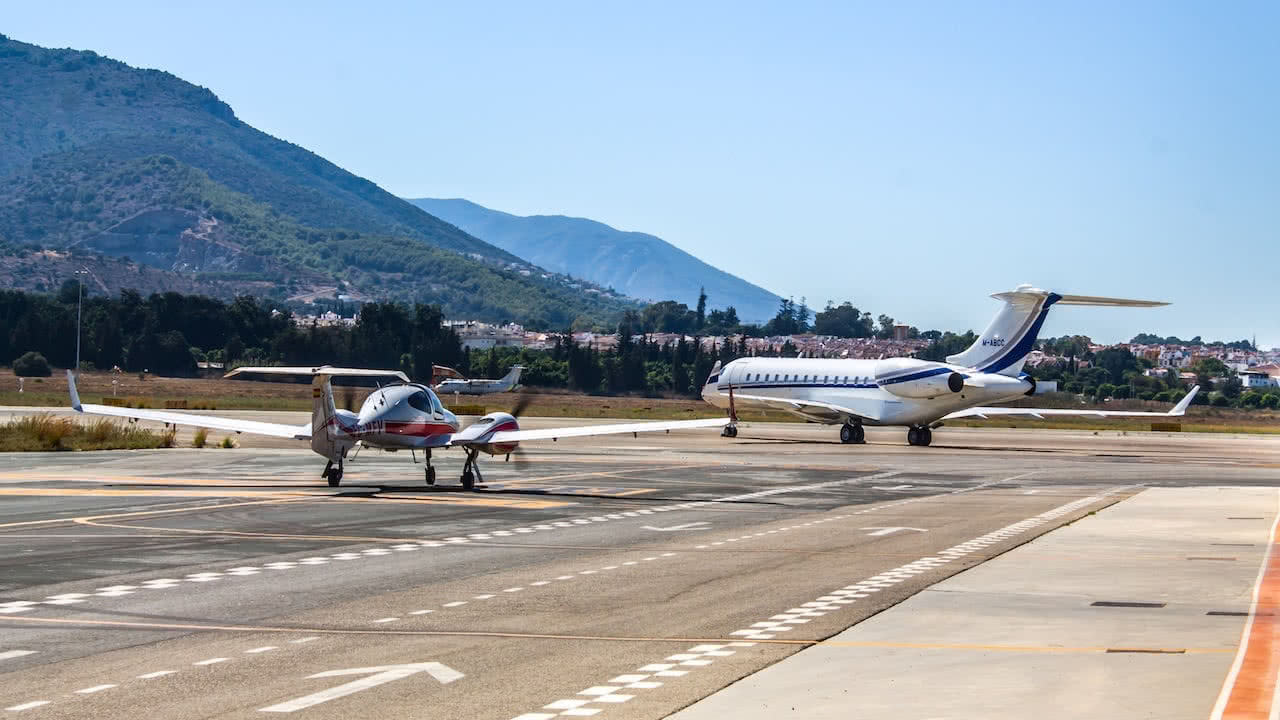Did you know there are 100,000 flights a day? It is therefore necessary to have a manoeuvring area at airports. But what is it exactly? But how is activity developed in this area?
In the area of manoeuvers at airports or airfields, coordination is milimetrical between pilots and air controllers. Routes can thus be made in the most direct way guaranteeing the strict separation between aircraft.
For example, at the international airport of Malaga, which is One Air’s operations base, during the summer months, there are over 700 daily operations… That’s a landing or take-off every 90 seconds! Can you imagine what it would be like if there wasn’t a strict procedure to organise all this traffic?




